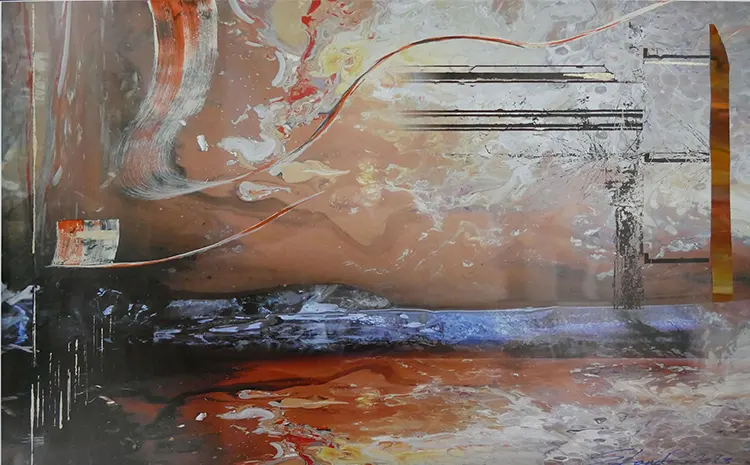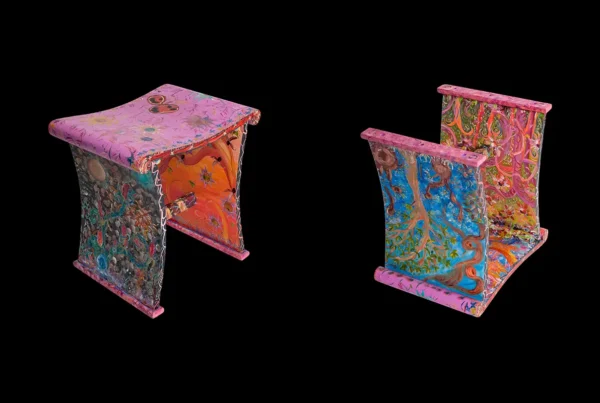“Art has existed since early childhood, and creativity has always been part of me. It just came out. And it took extra curiosity to step outside the established box.”
Stanislav Riha: A Pragmatic Beginning
Stanislav Riha, born in 1952 in the historic Old Town of Prague, grew up in an environment where art was as much a part of the landscape as the ancient streets themselves. This early exposure to a rich artistic heritage shaped Riha’s initial relationship with art. Pencils and paper were not merely tools, but his companions since preschool, leading him to develop a natural affinity for creating. The vibrant artistic community of Prague provided a fertile ground for his burgeoning creativity, a trait that seemed to grow inherently within him.
Riha’s journey into the art world was not sparked by a single moment of inspiration but was a path he walked from his earliest memories. Art and creativity were embedded in his essence, an intrinsic part of his being that simply needed an outlet. His career commenced with the public display of his work, which soon caught the attention of art publishers, curators, and galleries. It was this relentless creation of new artworks that kept these important figures interested, propelling his career forward.
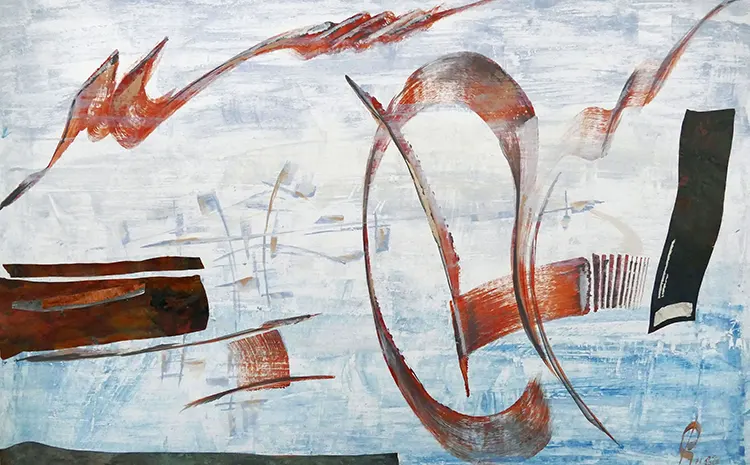
The Evolution of an Artistic Identity
Initially, Stanislav Riha’s artistic endeavors were deeply rooted in surrealism, a style he embraced in his twenties. However, as he approached his late forties, a shift occurred. Intrigued by the psychology of addictions, Riha delved into the study of emotions and adaptations. This new intellectual journey led him to incorporate these elements into his art, finding that abstract techniques best suited this new thematic direction. Despite having a long-standing exploration with three-dimensional designs since childhood, Riha was not afraid to evolve and challenge his artistic boundaries.
Twenty years ago, Riha expanded his artistic repertoire even further, incorporating solid materials and photography. Today, he is predominantly a multi-media artist, harnessing a diverse array of skills and techniques accumulated over years of experimentation and growth. Riha’s themes have consistently explored the intricate interplay of emotions and reactions, creating a dynamic narrative within each piece. This thematic focus allows his works to resonate on a deeper emotional level with his audience, reflecting the complexity of human experiences.
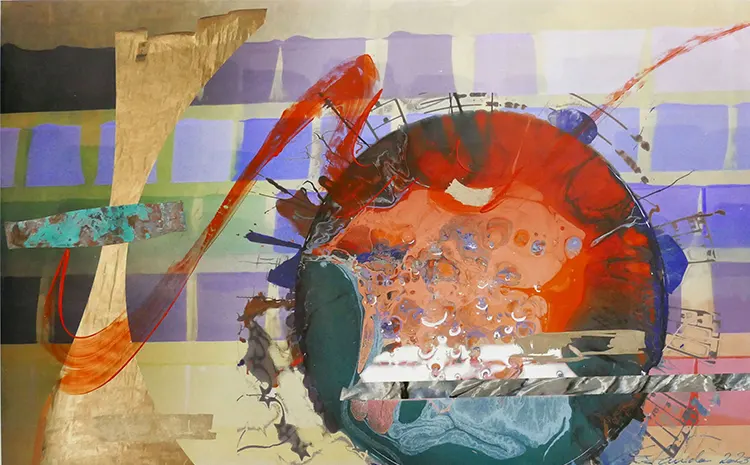
Stanislav Riha: Mastering the Artistic Workspace
Stanislav Riha’s creative process is as unique as his art. His workspace is an integral part of his artistic journey, where he blends the external world with his internal creative visions. Music or family animations often serve as a nonintrusive backdrop, setting the stage for his artistic creation. This harmonious environment aids Riha in maintaining focus, allowing him to conceptualize and create with minimal distraction. His art is primarily born in his mind, a process that requires intense concentration, yet he has mastered the art of handling interruptions without losing sight of his creative goal.
The artist’s approach to his work is both methodical and spontaneous. Often, Riha contemplates his unfinished artworks for days, perfecting the vision in his mind before the actual physical creation. This mental preparation is crucial, as it enables him to complete the physical painting in a relatively short period. His ability to balance the conceptual and execution phases of his work is a testament to his skill and experience. This unique approach underscores Riha’s dedication to his craft, where mental preparation and physical execution go hand in hand.
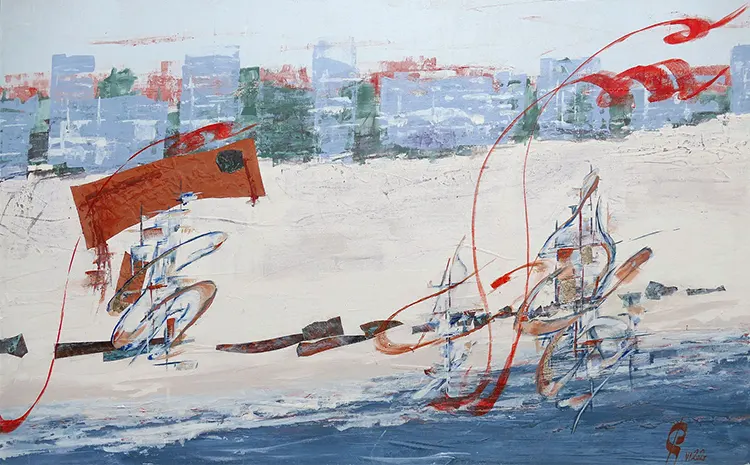
The Influences and Inspirations Behind the Canvas
Stanislav Riha’s artistic influences are as diverse as his techniques. In his younger years, he was drawn to the works of Quattrocento masters, with a particular fondness for Raffael, and later, the enigmatic pieces of Hieronymus Bosch. His inspirations evolved over time, including modern maestros like Dali, Picasso, and Pollock. Riha’s appreciation for art extends beyond Western traditions; he expresses a deep admiration for Japanese and Chinese brush art, showcasing his eclectic taste and openness to diverse artistic expressions.
Discussing his significant works, Riha reflects on two pivotal pieces. The first, a large oil painting of Spanish Toledo created in his early twenties, marked a turning point in his career. This artwork solidified his belief in his abilities as an artist. Another noteworthy piece is the EXPO 86 mural, a vast composition that explores human advancement in transportation. These works not only demonstrate Riha’s skill and versatility but also signify important milestones in his artistic journey, each carrying a profound personal and professional significance.
